How do you choose the right antidecubitus cushion?
How do you choose the right antidecubitus cushion?
Pressure relief for long-term sitting: Suitable for individuals who sit for extended periods (e.g., office workers, wheelchair users).
For patients at high risk of pressure ulcers (e.g., those with limited mobility, recovering from surgery, or with neurological conditions).
Heavier individuals may need cushions with higher load-bearing capacity and denser materials to prevent bottoming out.
Cushion dimensions should fit your chair or wheelchair seat (width, depth, and thickness) to ensure proper support.
Foam cushions:
High-density foam (e.g., memory foam): Molds to the body shape, distributing pressure evenly. Ideal for moderate pressure relief and everyday use.
Gel-infused foam: Combines foam with gel layers to enhance cooling and pressure distribution, suitable for those who sweat easily or need extra comfort.
Air cushions:
Inflatable cells: Allow adjustable firmness by inflating or deflating, making them customizable for different body weights. Often used in medical settings for high-risk patients.
Dynamic air systems: Some advanced models have built-in pumps to cycle air, further reducing pressure points.
Gel cushions:
Made of silicone gel, which evenly distributes weight and minimizes pressure. They are durable and easy to clean but may feel firm for some users.
Gel cushions are suitable for specific scenarios due to their unique properties. Here’s a detailed analysis of who and when they are best suited for, along with their advantages and considerations
Wheelchair users: Gel cushions conform to the body shape, minimizing pressure points during prolonged sitting.
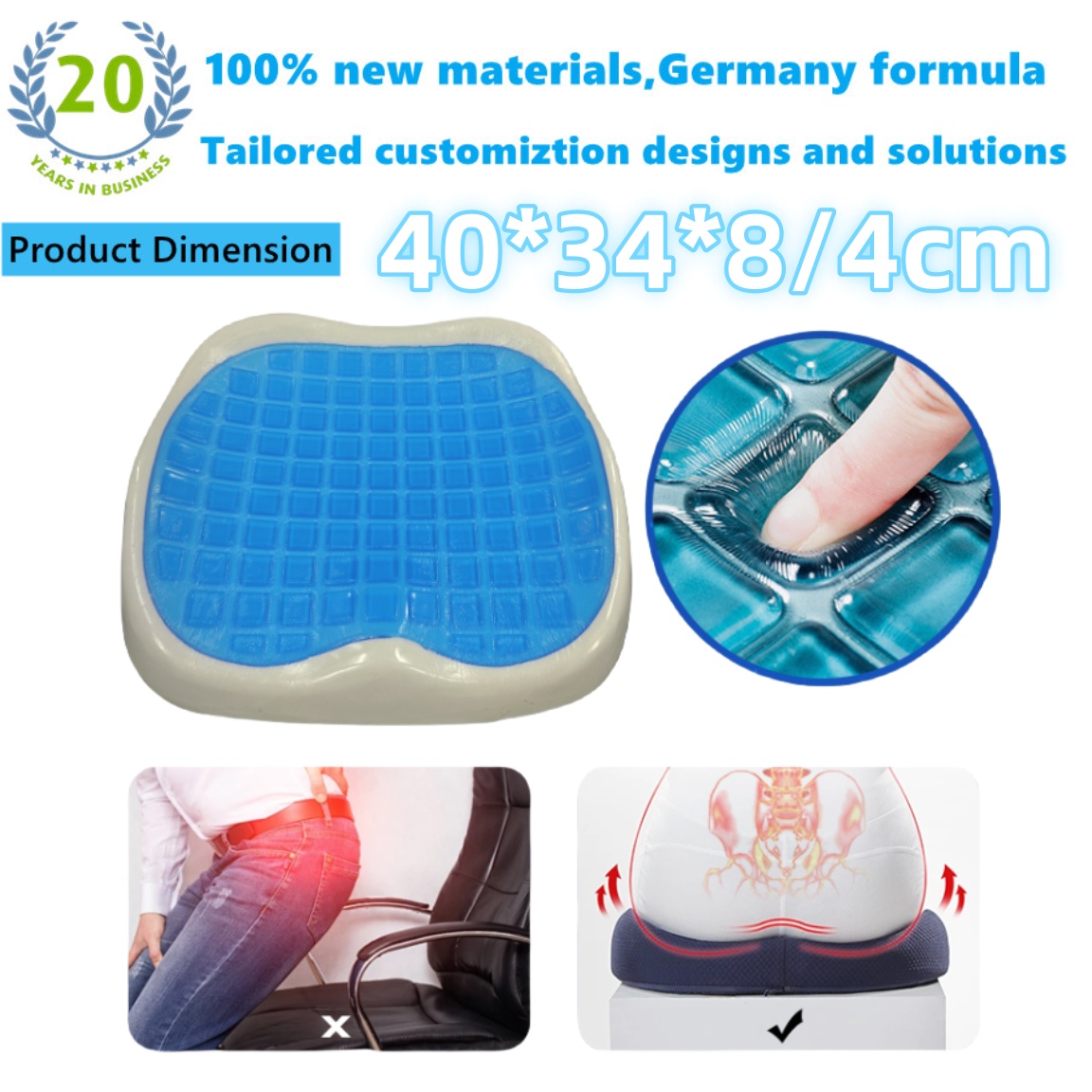
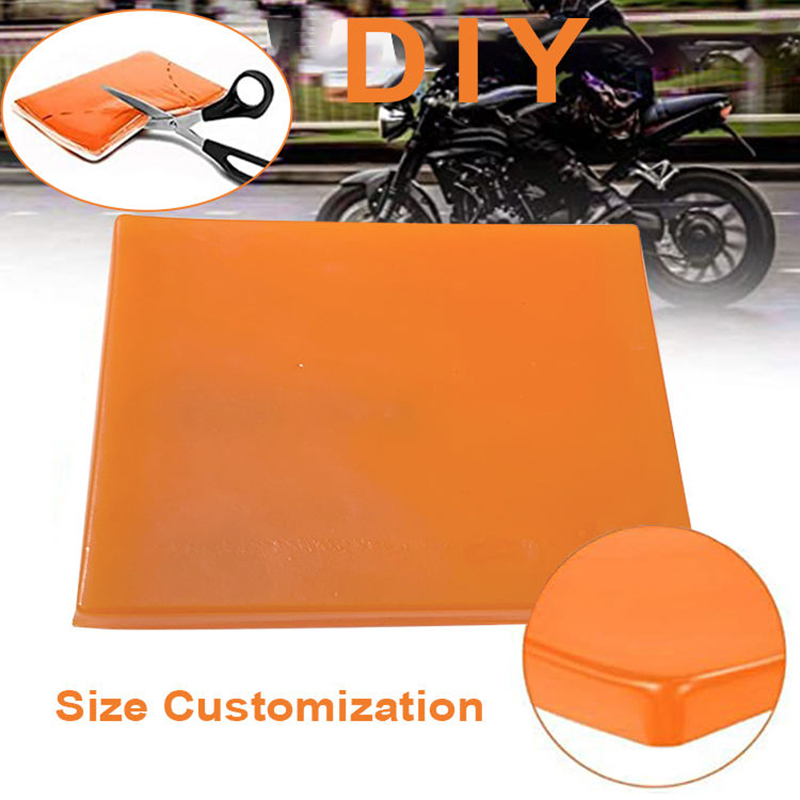 Why use gel motorcycle seat pads is comfortable?
Why use gel motorcycle seat pads is comfortable?
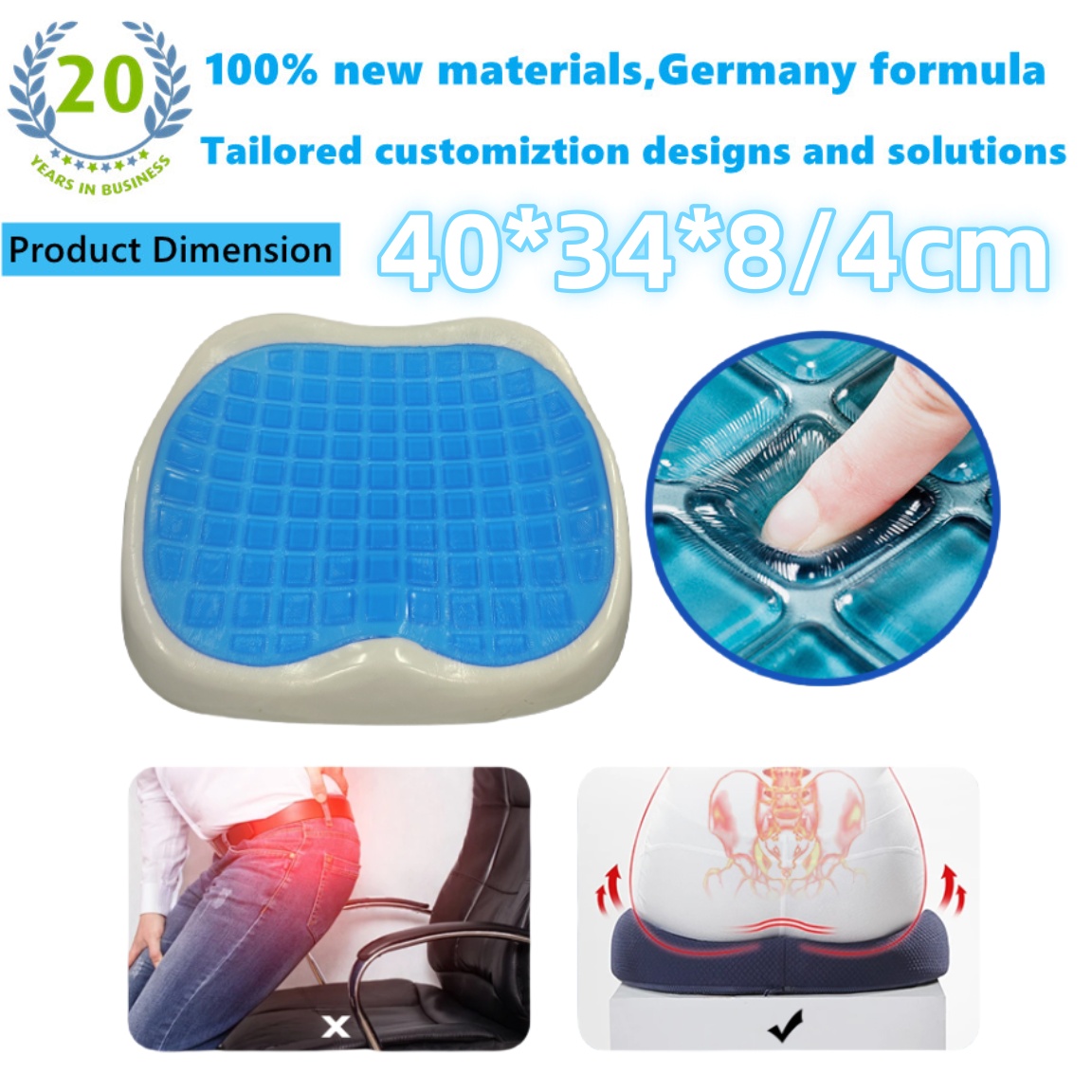 How do you choose the right antidecubitus cushion?
How do you choose the right antidecubitus cushion?
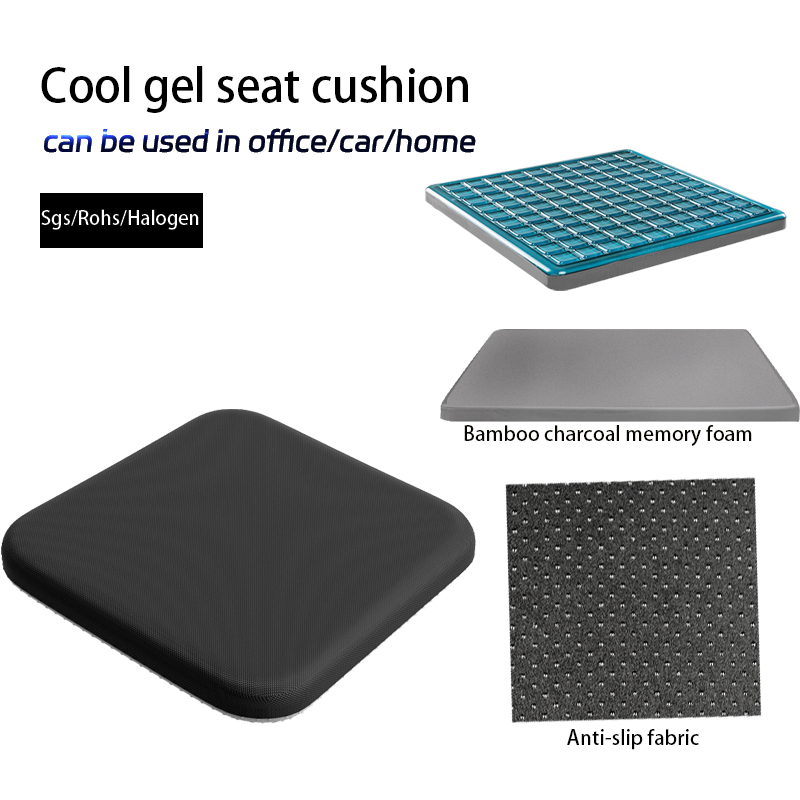 Cooling Gel Pad Application in Anti-Decubitus Cushions
Cooling Gel Pad Application in Anti-Decubitus Cushions
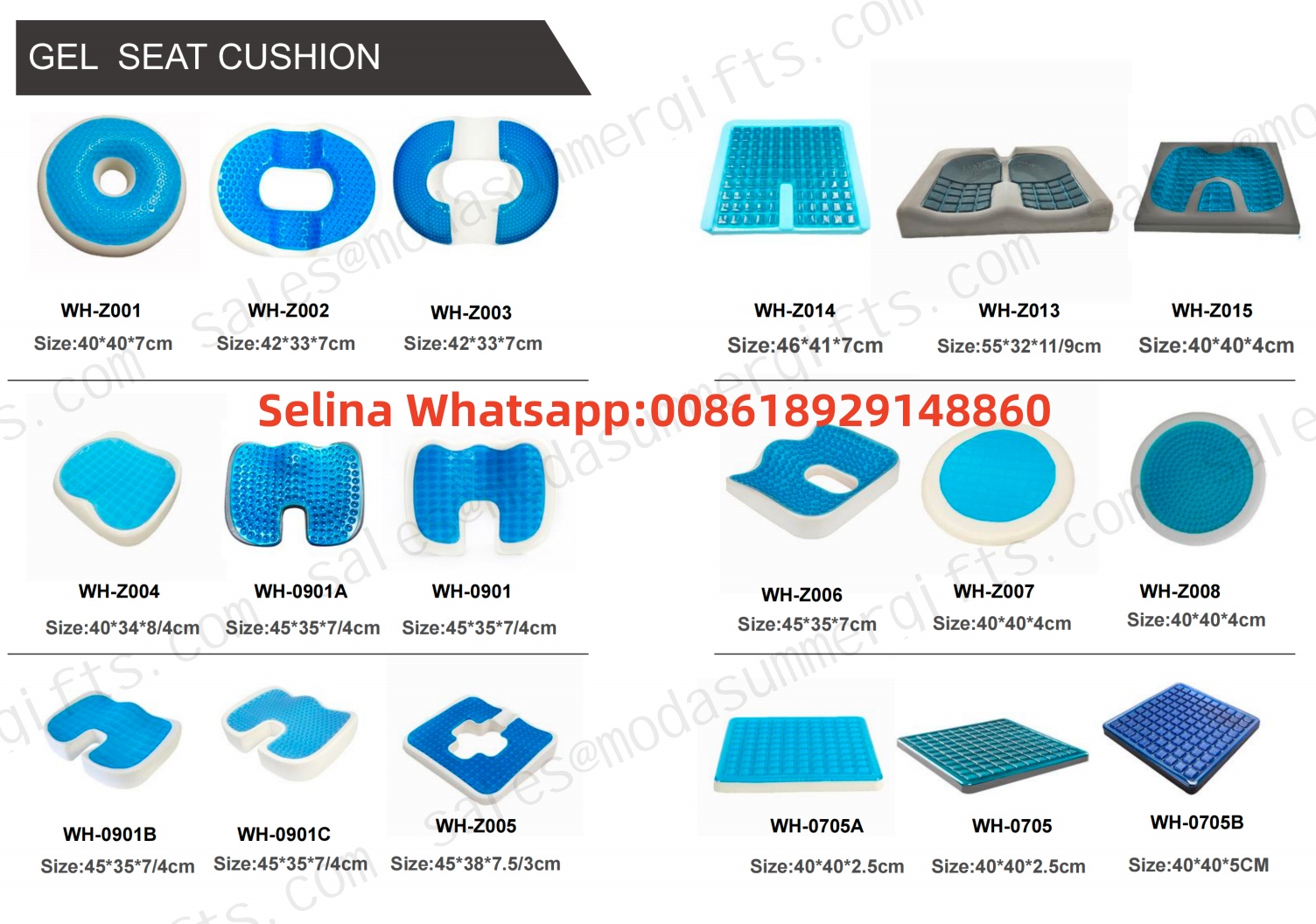 Gel Cushions for Wheelchairs clients
Gel Cushions for Wheelchairs clients

